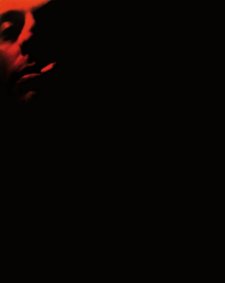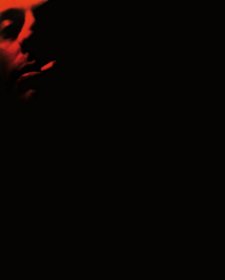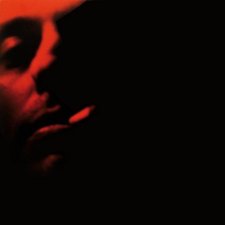I had an absolutely magical childhood. I grew up in inner city Melbourne which at that time was very migrant, very working-class community. At thirteen, my parents moved out, along with us, you know, the migrant dream, to a bigger place out in the suburbs. And it was also around the time that I was becoming aware that I was homosexual, though I definitely wouldn’t have articulated it as such at thirteen. That kind of sense of where do I belong? How do I make sense of these conflicting identities to do with being a migrant child, a gay man? They fed into my writing, and the way it happened was through falling in love with books, and with films.
Adolescence was really difficult, adolescence was a real struggle, and I realised I had this huge rage. Rage about the world, rage about my own body, rage that I felt like I had been dealt a bad hand, you know, in terms of trying to reconcile sexuality and masculinity. I mean, one of the things about becoming an adult as a male is learning how to control rage, I think. Where I was really fortunate is that I discovered literature and I discovered art, and then this yearning – that’s what it felt like, just this need to write – and I think it’s in my work that I was able to put that rage.
Writing is not now psychotherapy; it’s also my craft, it’s what I work on, what I do and, you know, I have a different relationship to it but at the beginning it was very, very much that I started to write to save my own life. You know, I’m a writer because there was nothing else I could do, it just felt like the only thing that was possible for me, and, you know, from very, very young. You wouldn’t do it unless you had that gut need to write. I think there is only one way of learning how to become a writer if that’s really what you want to do – read, read, read.
Audio: 2 minutes
I had an absolutely magical childhood. I grew up in inner city Melbourne which at that time was very migrant, very working-class community. At thirteen, my parents moved out, along with us, you know, the migrant dream, to a bigger place out in the suburbs. And it was also around the time that I was becoming aware that I was homosexual, though I definitely wouldn’t have articulated it as such at thirteen. That kind of sense of where do I belong? How do I make sense of these conflicting identities to do with being a migrant child, a gay man? They fed into my writing, and the way it happened was through falling in love with books, and with films.
Adolescence was really difficult, adolescence was a real struggle, and I realised I had this huge rage. Rage about the world, rage about my own body, rage that I felt like I had been dealt a bad hand, you know, in terms of trying to reconcile sexuality and masculinity. I mean, one of the things about becoming an adult as a male is learning how to control rage, I think. Where I was really fortunate is that I discovered literature and I discovered art, and then this yearning – that’s what it felt like, just this need to write – and I think it’s in my work that I was able to put that rage.
Writing is not now psychotherapy; it’s also my craft, it’s what I work on, what I do and, you know, I have a different relationship to it but at the beginning it was very, very much that I started to write to save my own life. You know, I’m a writer because there was nothing else I could do, it just felt like the only thing that was possible for me, and, you know, from very, very young. You wouldn’t do it unless you had that gut need to write. I think there is only one way of learning how to become a writer if that’s really what you want to do – read, read, read.
Acknowledgements
This recording was made during interviews for the National Portrait Gallery's Portrait Stories series.
Related people
Related information



Christos Tsiolkas
'Learning to write saved my life'
Portrait storyAcclaimed Australian author, Christos Tsiolkas describes his childhood and how he came to write.



Intense identity
Magazine article by Dr Christopher Chapman, 2009Dr Chistopher Chapman discusses the portrait of Australian author Christos Tsiolkas taken by John Tsiavis.



The Gallery
Visit us, learn with us, support us or work with us! Here’s a range of information about planning your visit, our history and more!




